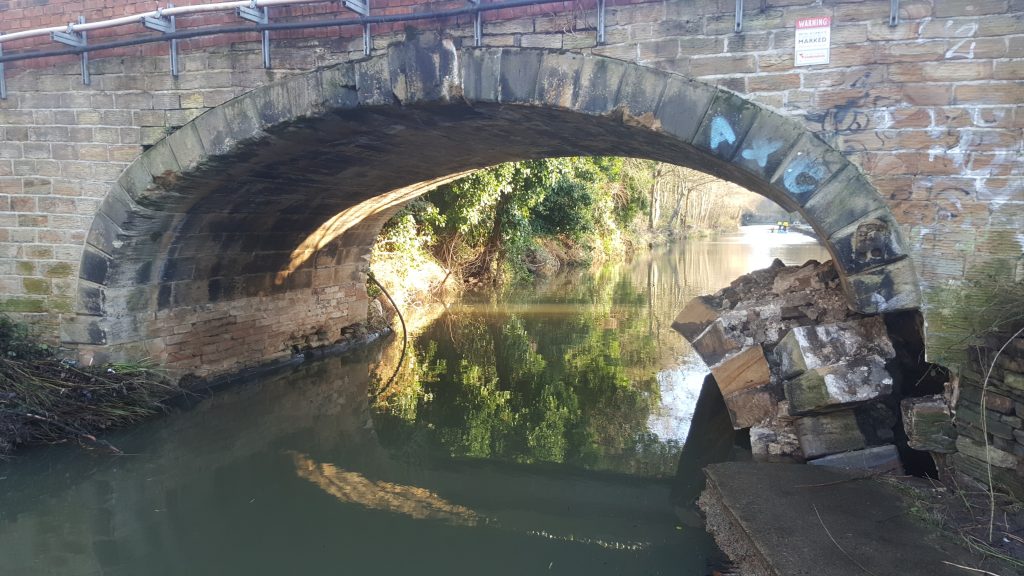Rob Lamb, JBA Trust
Willy Aspinall, University of Bristol / Aspinall & Associates
Thorsten Wagener, University of Bristol
DOWNLOAD
THE CHALLENGE
Scour is a process of localised erosion that can undermine the foundations of infrastructure assets such as bridges, culverts and weirs. It is often associated with high flow or extreme flood events, and can cause costly damage leading to compromised safety, service restrictions and, in extreme cases, to structural collapse. A recognised hazard for road and rail networks, scour is managed through the application of risk assessment, monitoring and maintenance protocols. These protocols are undoubtedly effective in reducing risk by highlighting incipient problems, triggering maintenance or other risk reduction actions. However, evidence of scour-related bridge failures indicates that some residual risk remains. This risk is difficult to manage, representing a combination of rare events and uncertainties about the actual (as opposed to designed) response of assets to flooding.
Our aim was to explore uncertainties about the vulnerability of bridges to scour – to inform the development of fragility functions that could be applied within a broad-scale risk modelling framework and used to inform and support decision making.
WHAT WAS ACHIEVED
Robust assessments of fragility will bring greater consistency and confidence for various stakeholders in assessing risks to bridges – with the ultimate aim being to reduce societal risk and economic impacts associated with scour events.
Whilst this study was not intended to progress to a fully descriptive set of comprehensive fragility functions for bridge scour risks, the quantitative uncertainty results and accompanying findings will inform their development.
In the longer term, this study will assist bridge owners and those authorities responsible for regulating bridge operations to formulate policies and strategies going forward for new build and for a continually ageing portfolio of structures with changing scour-induced risk situations, such as evolving river conditions, changing management regimes and progressive societal risk aversion.
HOW WE DID IT
The nature of the problem lends itself to expert judgement. Bridge scour involves multiple complex physical processes, with many uncertain factors (such as future flood intensities, debris accumulation, and changes in river geomorphology), coupled with uncertainties associated with the heterogeneity of bridge infrastructure assets, including the nature of their foundations – all of which make it difficult to arrive at an assessment of vulnerability to failure from basic visual inspection, empirical observations or statistical analysis. In these circumstances, the knowledge and judgement of experts constitutes an especially valuable source of information.
Soliciting expert advice for decision support is not new. Generally, however, it has been pursued on an informal basis. Here, a structured approach to capturing expert judgements was applied, designed to tie the process to explicit and transparent methodological rules, with the goal of treating expert judgements in the same way as other scientific data.
An international expert elicitation workshop on bridge scour risk assessment was held in London in February 2015. The workshop brought together 17 experts from the UK, USA, New Zealand and Canada, including representatives from industry, academic researchers, and public agencies.
The elicitation was a two-stage process. In the first stage, a categorical approach was used to examine which factors determine the likelihood of scour at a bridge, and how experts think those factors should be ranked in importance. The second stage involved a quantitative assessment of bridge failure probabilities for a range of plausible scenarios under stated conditions and assumptions. The elicitation techniques included methods to weight information from the group of experts so as to promote the most accurate and unbiased judgement of uncertainty (using control questions to ‘calibrate’ the experts’ responses).
